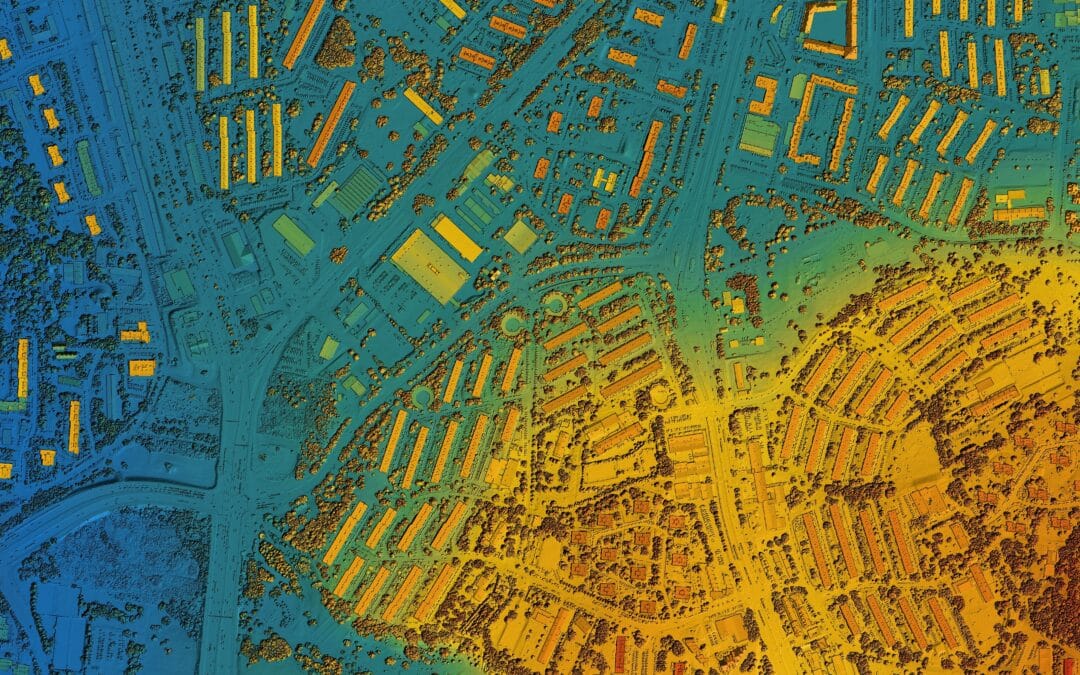This article was originally posted in the April 2018 Think Realty Magazine.
It’s hard to go a day without news about Bitcoin these days and it’s easy to understand why. The cryptocurrency Bitcoin’s rapid rise late last year drew a lot of attention from the financial sector, with analysts espousing investment opportunities on one end and speculation of a bubble bursting on the other end. While the financial side of Bitcoin has garnered most of the focus, something that is most often missed is the technology behind it, blockchain technology, and how its applications will outlast Bitcoin.
Introduction to Bitcoin and Blockchain Technology
Both Bitcoin and the blockchain were established together in 2009 as a method of transferring money from one person to another without having to rely on a third party like banks, credit I cards, or money transfer services. Where Bitcoin is the currency and asset side of the equation, blockchain technology is the ledger for transactional record keeping. The main difference between the blockchain ledger and the traditional banks is that the thousands of copies of said ledger are distributed across the world and are maintained by their users, whom update and ensure all copies match each other. A distributed ledger solves the problems that arise when data is stored in only one location — as existing money transfer systems do. Physical records like an accountant’s ledger can be vulnerable to natural disasters; digital records can be vulnerable to hacking. Recent hacks on Yahoo! and Equifax prove that not only is our data vulnerable, but we may not get disclosure until many months aft er the fact. Th e advantage of having many distributed copies is that the system is only vulnerable if someone could manipulate all copies at once. Another benefi t to the blockchain’s ecosystem of having many parties verifying and maintaining data is that it forms an implici t transparency in the system with each party acting as a check against every other party. Consequently, there is a blind trust due to the reliance on that transparency.
An Asset Class Of Its Own
Bitcoin and the blockchain being digital also supports uses that traditional physical currencies could not. The simplest differentiator being that a single Bitcoin can be fractionalized into pieces impractical for physical currencies. Investing in Bitcoin is highly accessible at any price point because there’s no need to purchase a whole Bitcoin; it can be obtained and sold a fraction at a time. A more experimental feature that many blockchain startups are developing is building applications on top of cryptocurrencies, with the biggest investment in smart contracts. Smart contracts act as self-executing contracts once certain stated conditions are met. The goal being to eliminate all intermediaries in a transaction.
 The Real Estate Connection
The Real Estate Connection
The closing process of a property sale is overly complicated. There’s at least five stakeholders in the transaction: the buyer, the seller, escrow, the real estate agent, and the mortgage broker. There can be more parties involved in some states that require an attorney to be involved and in new-home transactions. It’s also a process that can drag on due to inefficient communication between the various parties that can result in scheduling snafus and process delays. Blockchains can speed up this process by creating a shared place to figure out what needs to happen next. Even more imaginatively, smart contracts could be used to move through the process even quicker with assets being released as soon as commitments are met. The adaption of blockchain is a natural fit to reduce the overhead and coordination in the current closing process. A more important influence that blockchains have on the real estate industry is transparency of land ownership. In countries without a centralized title system, land ownership is a very fluid situation because land could be seized by the government, or paper titles could be forged. The blockchain solution for titles and land registration ultimately provides an objective system to manage land ownership rights. These benefits have led to governments exploring blockchain solutions.
“The closing process of a property is overly complicated. Blockchains can speed up this process by creating a shared place to figure out what needs to happen next.”
Sweden is currently adopting blockchain solutions for its land registration system. The Ukrainian and Russian governments are also exploring blockchains to provide transparency and trust in the land registry as well. A purchase and ownership transfer of a property through only blockchains was completed in Ukraine last September. The transaction was executed through a smart contract from the buyer: an Orange County, California, buyer transferred digital currency to the seller and the seller handled the transfer of titles recorded to both digitally on the Ukrainian land registry blockchain and on paper. The paper title even has a link pointing to the digital blockchain address on it. On the data side, local county recorder’s offices are already considering moving to the blockchain. Property records are already transactional and fit to the blockchain very naturally. The main benefit for recorder’s offices right now is a secure way to digitally back up their records. The Cook County (Illinois) Recorder office just completed a pilot program to test the digitizing of its documents and moving onto a blockchain. This test was an effort to find a solution that will reduce the costs of having to physically store documents and hiring people to maintain all those documents. Despite all the excitement around Bitcoin and blockchain right now, they are both relatively new and most efforts to utilize them are exploratory at best. But the technology is here to stay and will transform the real estate industry. From the sale processes being faster and more streamlined to more cost-efficient ways of recording transactions, the future is bright.


 The Real Estate Connection
The Real Estate Connection




















0 Comments